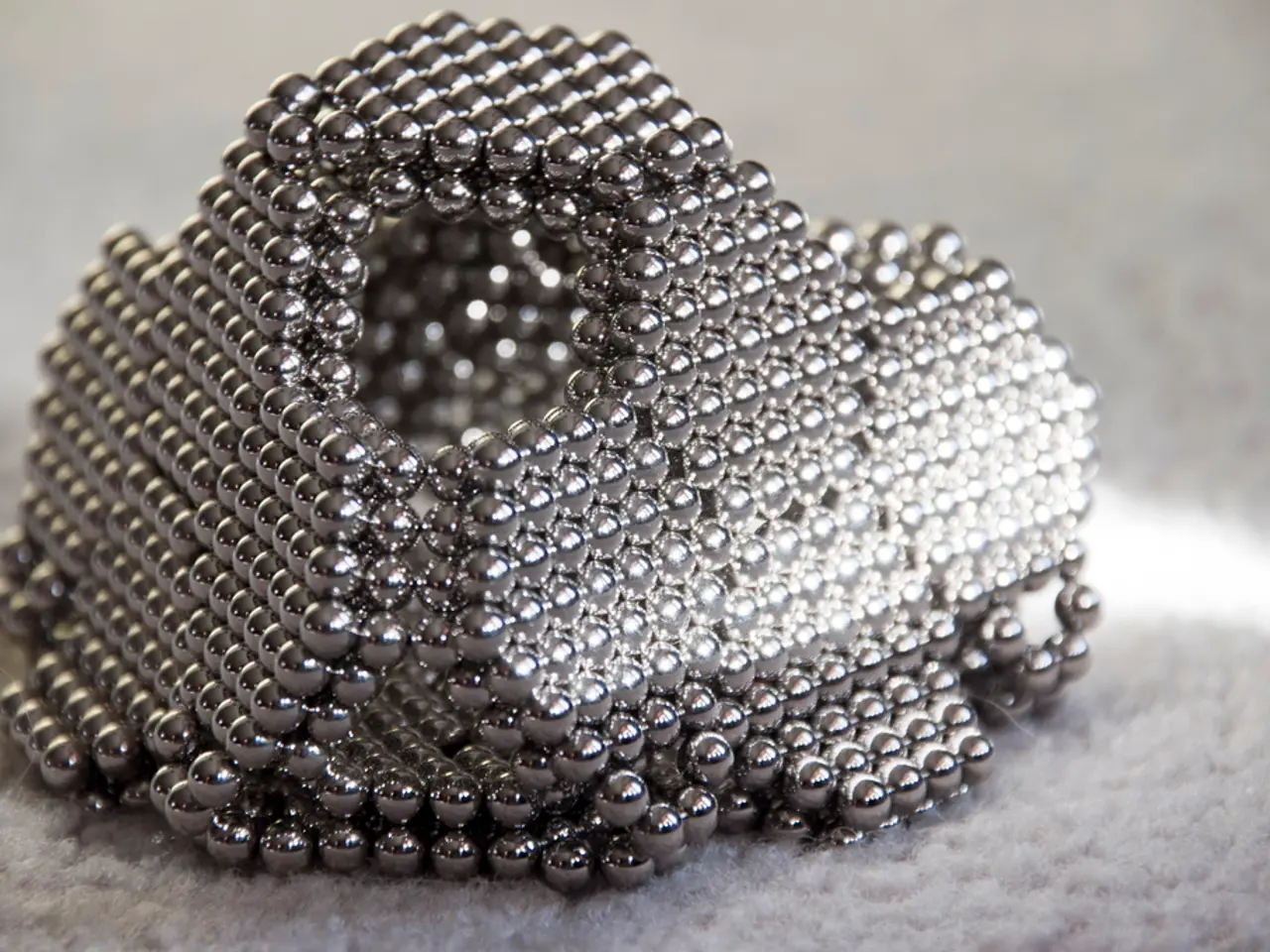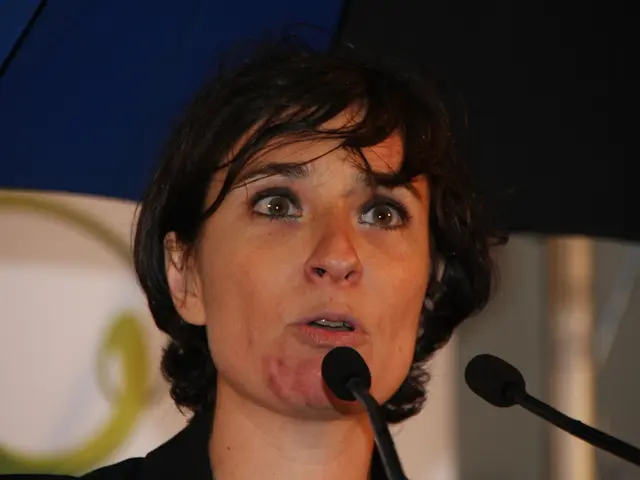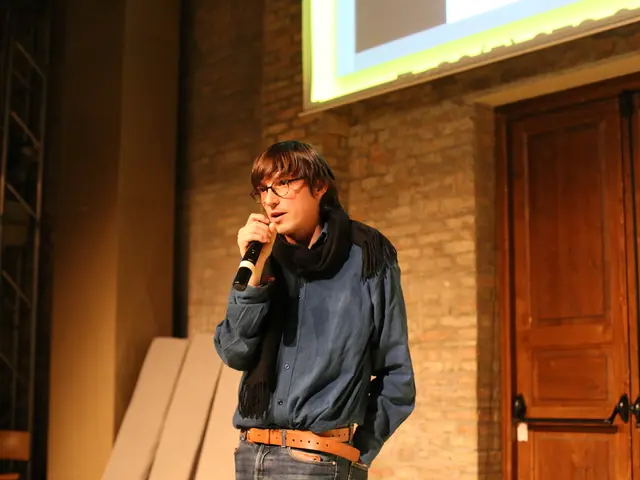Addressing Capacitance Decay in Buck Converters: A Practical Approach
In the world of electronics, components are often depicted in diagrams as simple and straightforward. However, a closer look reveals that this is not always the case, particularly when it comes to capacitors in buck converters.
Tahmid, a seasoned electronics engineer, recently encountered an intriguing challenge with a buck converter exhibiting an unusually strong voltage ripple in the output. Upon further investigation, he discovered that the issue stemmed from the ceramic smoothing capacitors, which are a common component in buck converter designs.
As the applied voltage increases, the effective dielectric permittivity in ceramic capacitors decreases, causing a drop in capacitance—a phenomenon known as the "DC bias effect." This reduction in capacitance leads to increased output voltage ripple because ripple voltage is inversely proportional to output capacitance. At 10 V and higher, ceramic capacitors can lose a significant portion of their capacitance, increasing ripple beyond initial design predictions.
Moreover, temperature also affects capacitance depending on dielectric type. Capacitors with X5R or X7R dielectrics show more temperature and voltage dependence than C0G/NP0 types, which are more stable but have lower capacitance density.
To combat these challenges, designers employ various strategies:
- Selecting capacitor dielectrics with appropriate voltage and temperature characteristics ensures stability and effective performance.
- Consulting capacitor datasheets, which usually specify capacitance variation vs. DC bias voltage and temperature, allows designers to estimate effective capacitance under real conditions rather than relying on nominal values.
- Using a higher nominal capacitance than calculated compensates for expected capacitance loss at operating voltage and temperature, ensuring sufficient smoothing and stable operation.
- Including low Equivalent Series Resistance (ESR) ceramic capacitors placed close to switching nodes on the PCB minimizes high-frequency ripple and losses.
- Performing thermal management and layout optimization maintains stable temperature and reduces adverse capacitance shifts during operation.
- Rechecking and simulating the converter behavior with adjusted capacitance values reflecting voltage and temperature derating accurately predicts ripple and transient response.
These strategies help maintain performance and reliability of ceramic capacitors in buck converters despite the inherent voltage and temperature sensitivities of their dielectric materials.
In Tahmid's case, after finding the reduced capacitance of his capacitors at 10 V, he calculated a new voltage ripple that was only 14.5% off from the true value. This discovery not only helped him diagnose the issue but also made him more aware of the need to consider the degradation of capacitors' performance at higher voltages when designing or troubleshooting buck converters.
As passive components, particularly capacitors, continue to improve, understanding their nuances will become increasingly important for efficient and reliable circuit design. In the case of buck converters, accounting for the degradation of ceramic capacitors' performance at higher voltages may be crucial to reducing the voltage ripple and ensuring the converter's overall effectiveness.
- Tahmid, finding a significant drop in capacitance in his buck converter's ceramic smoothing capacitors at 10 V, understood that technology advancements in electronics components, such as capacitors, necessitate a deep understanding of their characteristics, even at higher operating voltages, for efficient and reliable circuit design.
- With temperature playing a crucial role in the performance of capacitors, particularly those with X5R or X7R dielectrics, the world of technology continues to evolve, necessitating the use of strategies like selecting suitable capacitor dielectrics, consulting datasheets, and rechecking converter behavior with adjusted capacitance values, to maintain the performance and reliability of ceramic capacitors in buck converters.




